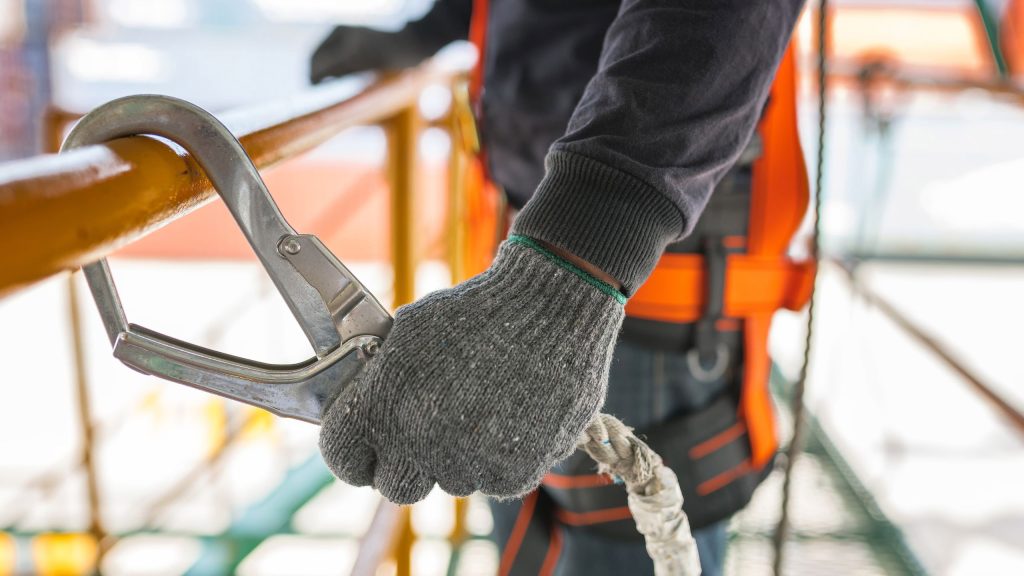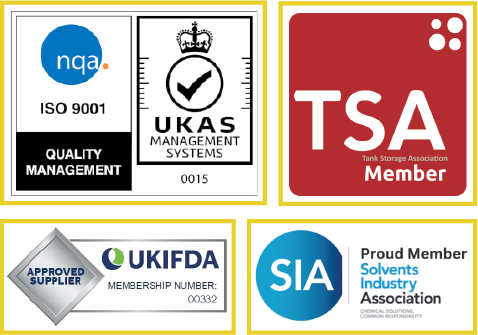Falls from a height are one of the leading causes of significant injuries in the workplace. It is essential to acknowledge that there are many different elements to consider when it comes to protecting people who work at height.
Working on top of tankers is often a core part of liquid-loading companies, and there are two types of protective measures which can be taken to safeguard someone from harm – collective protection and personal protection.
What is the Difference Between Collective and Personal Protection?
First of all, let’s take a look at the difference between collective protection and personal protection.
Collective protection measures take precedence over personal protection measures. The reason for this is that corrective measures protect more than one person at a time. These are safety guidelines that help to protect everybody. Examples of this can include things like nets, airbags, and scaffolding. This type of protective measure is very passive. It does not require any action taken by the user to be effective.
Meanwhile, personal protection measures rely on using personal protective equipment. These measures are designed to protect one person, the user. For example, a fall-arrest harness will protect somebody from falling. Personal protection measures are active measures. This is because they rely on the user doing something for them to be able to work effectively. A prime example of this is attaching a PPE lanyard onto an anchorage point whenever working at height.
Is One Protective Measure More Important Than Another?
It is true that collective protection measures are considered more vital on a worksite than personal protective measures. However, to achieve maximum workplace safety, it’s essential to have a balance of both.
In the context of working at height (specifically tanker loading), fall prevention equipment is obviously a priority. You should invest in specialist equipment for safety – there are many companies like ourselves who specialise in fall prevention – because even when working atop tankers, a fall can still be harmful to yourself and others.
Thankfully, there are quite a few collective protection methods that can be used, so safety measures don’t have to be obstructive to workers. We have a Safe Access range that offers many ways to protect staff, for example. However, regardless of how you choose to protect workers, there needs to be an equal balance of collective protection and personal protection methods. Your first priority should, of course, be the safety of everybody on the site, but individual workers need adequate personal protection as well.
Final Thoughts
So, the difference between collective protection measures and personal protection measures is all about the people that are protected by those individual solutions. collective protection has a higher priority on the worksite, but proper health and safety measures often demand a balance.
The best way to protect workers properly is to have the right tools for the job. Whether this is mobile access platforms like we offer or a safety net around vehicles, the right gear makes all the difference. Employers have a responsibility to stay compliant with health and safety regulations, so protective equipment is a must!


